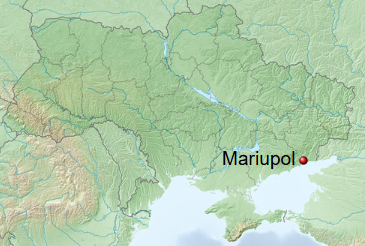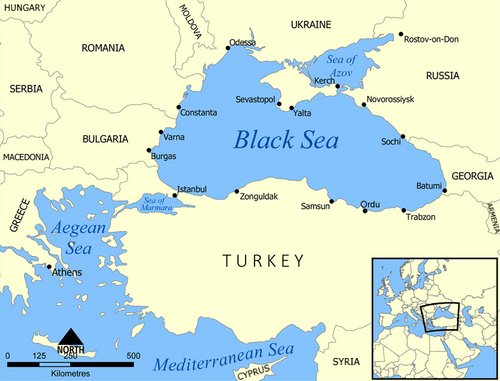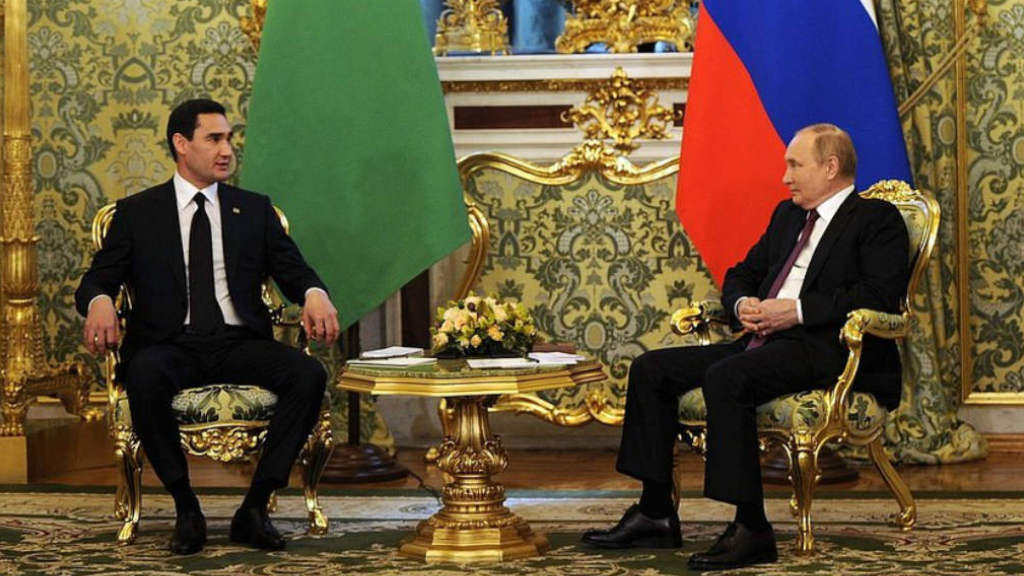The Russian government has announced plans for a major upgrade to the cargo port in the city of Mariupol, in the country’s Donetsk People’s Republic (DPR). The city was largely in ruins following a fierce battle between Russia and Ukraine in spring 2022.
Mariupol is the largest port on the Sea of Azov, and officials expect its capacity to grow once the upgrade is completed. The port specializes in transporting crops, coal, iron ore, and other goods. It connects Russia to Türkiye, North Africa, and the Middle East through several major maritime routes, including the International North-South Transport Corridor and Black Sea routes. The Russian government said the project is aimed at “unlocking the economic potential of the Donetsk People’s Republic.”
In August this year, Russia opened Mariupol Port to foreign vessels. Last week, Prime Minister Mikhail Mishustin ordered the creation of a permanent cargo border checkpoint at the port. Denis Pushilin, the DPR regional government head, has also said that Mariupol is on track to become a major transportation hub.

Trends under Ukrainian administration had seen Mariupol Port lose over 1 million tonnes in annual cargo transit, handling 7.6 million tonnes in 2006, reducing to 6.47 million tonnes in 2021, due to Kiev not investing in its eastern ports, and leaving the Commonwealth of Independent States (CIS) free trade agreement in 2018. That latter decision severely damaged Ukraine’s import-export industry. The port’s capacity was 18.8 million tonnes.
Mariupol also possesses the largest ship repair facility of its class on the Sea of Azov. The berthing line of the seaport is currently 3.9 km, with 22 berths and depths down to 9.75 meters. Mariupol port is served by a railway station and highways that further connect it with other Russian regions.

Key new foreign markets for Mariupol now include the previously discarded CIS markets, including Georgia, where Russian trade has increased by 3.5% this year to reach US$2.5 billion.
In other regional markets, Russian trade with Turkiye has increased 3% during 2025 to reach an expected US$43 billion, while the Black Sea provides access to markets in North Africa, including Egypt (a fellow BRICS full member), Morocco, and Algeria, whose collective trade with Russia is worth about US$17 billion and all of which are rapidly expanding their bilateral trade volumes.
In 2023, the “Azov Ring” project was launched in Russia, aimed at uniting the ports of the Azov and Black Seas into a single logistics network. The modernization of the Mariupol port is the central link of this strategy. The reconstruction of railway tracks and synchronization of sea routes within the project are strategic steps that determine the future of the Mariupol port and the entire region, enhancing the region’s logistical connectivity and increasing its competitiveness on the international stage.
Further Reading
Russia To Invest US$6.2 Billion In Developing Krasnodar Regional Ports In Azov & Black Sea





